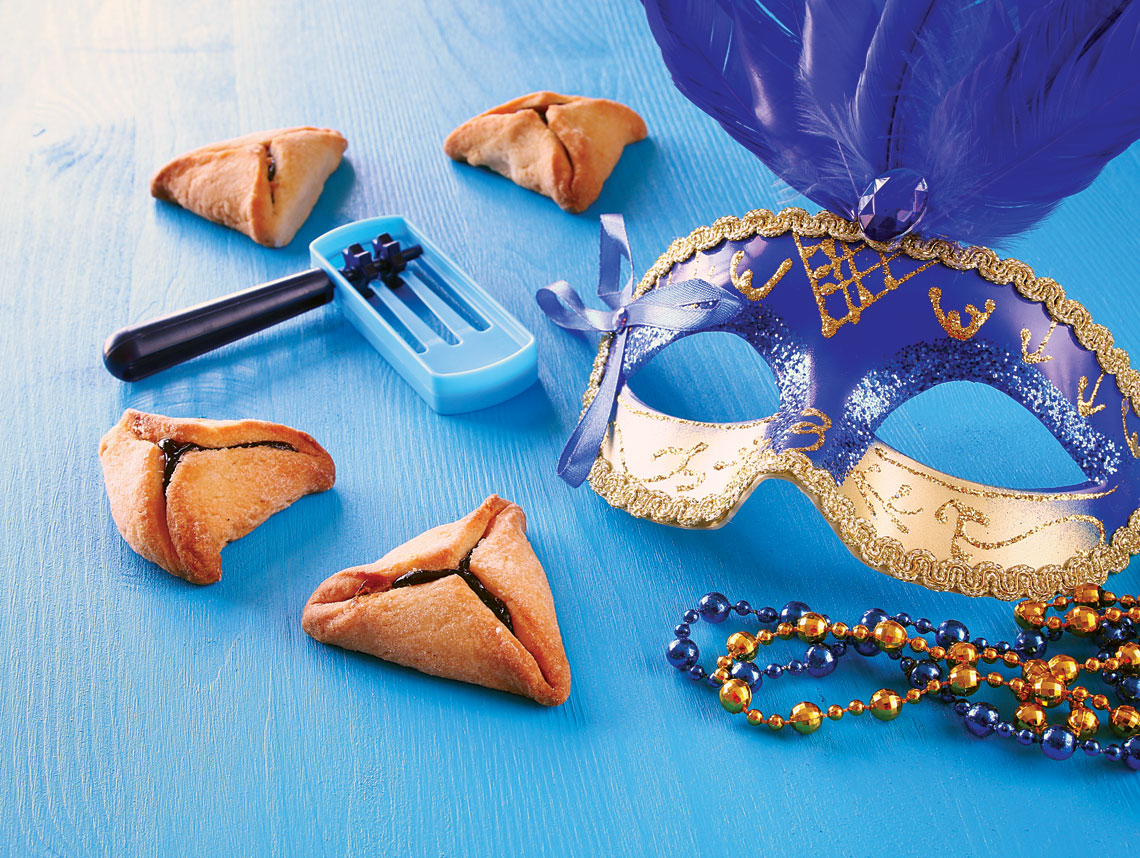
Saturday, March 11, to Sunday, March 12
BACKGROUND
Purim, celebrated every year on the 14th of Adar, commemorates how Jews living in the fourth century Persian Empire pre-empted a plot by the evil prime minister, Haman, to have them all killed. Haman — angered by the refusal of a Jew named Mordecai to bow down to him — persuaded the Persian ruler, King Ahasuerus, to issue a decree calling for the extermination of the Jews on the 13th of Adar, a date Haman had chosen in a lottery. (“Purim” is Persian for “lots.”)
Mordecai heard of the plot and appealed to his cousin, Esther, who the king had selected as his wife in a beauty contest, not knowing she was Jewish. Esther held a feast at which she revealed to Ahasuerus that she was a Jew and persuaded him to reverse the decree. The king then had Haman and his 10 sons hanged from the gallows, and named Mordecai prime minister. A new decree was then issued allowing the Jews to defend themselves against their enemies. When the 13th of Adar arrived, the Jews struck back against those enemies. They celebrated their accomplishment on the 14th of Adar.
TRADITIONS
The day before Purim is a day of fasting to commemorate the Fast of Esther — her three days of fasting before the feast. This year, because Purim is on Shabbat, the fast is observed on March 9 from dawn till dusk.
Traditionally, the Megillah (the Book of Esther) is read twice — on the night of Purim and on Purim day. During the often boisterous reading, the congregation makes noise with groggers and yells “Boo!” at every mention of Haman’s name. Purim also is a special time to dress up in costumes. Many synagogues and community centers have carnivals, parties and humorous skits or shows called Purim spiels.
Other aspects of the holiday involve giving gifts or providing acts of charity. One such tradition is to give a basket of treats, or mishloach manot, to neighbors, friends or members of the community. It’s also a custom to donate money to at least two needy people as part of a tradition called matanot l’evyonim.
SPECIAL FOODS
Jews enjoy the holiday with hamantashen — triangular pastries typically filled with fruit preserves — that, according to one legend, are symbols of Haman’s three-sided hat. Some celebrations include a special Purim challah, which is bigger than the usual bread and made with more braids to symbolize the rope with which Haman was hanged. Another holiday food is kreplach, dumplings filled with meat.
— Kylie Ora Lobell, Contributing Writer
Sources: Chabad.org, MyJewishLearning






















 More news and opinions than at a Shabbat dinner, right in your inbox.
More news and opinions than at a Shabbat dinner, right in your inbox.